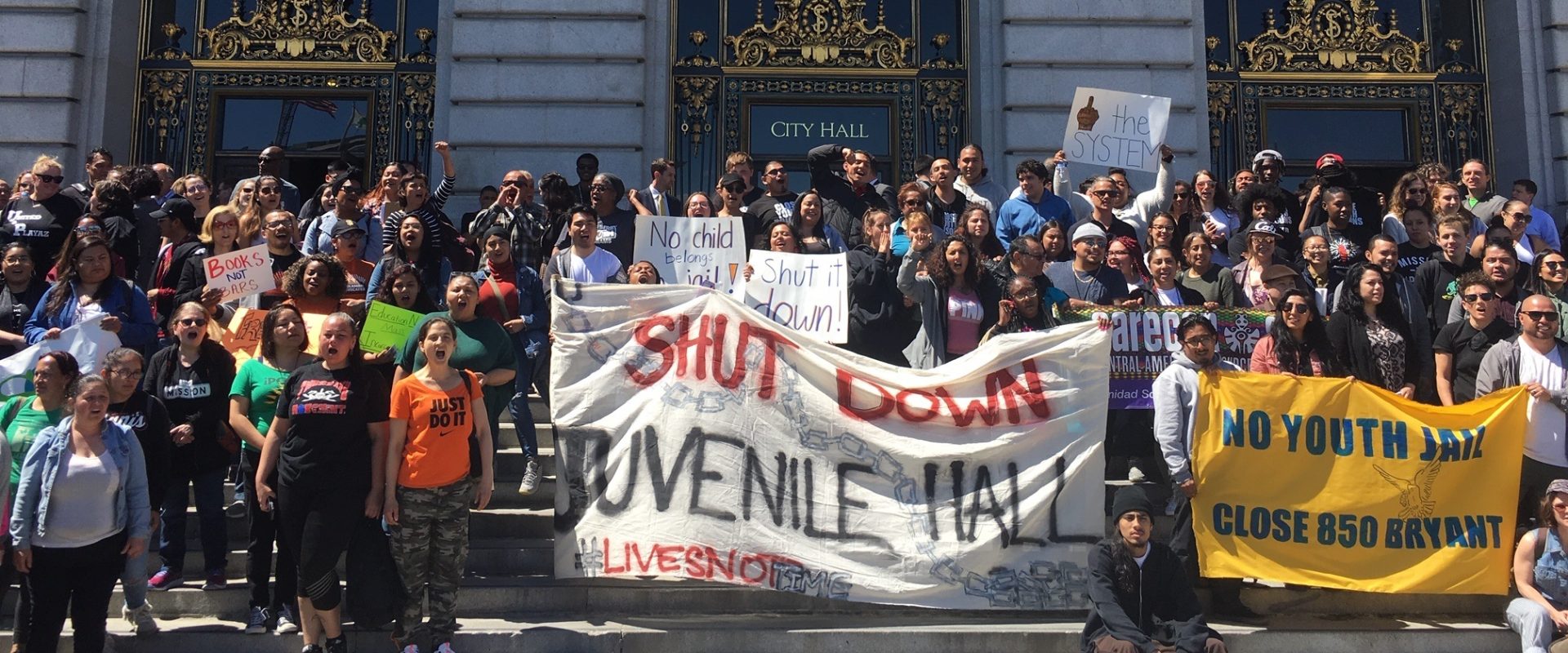Blog Mar 25, 2010
An Epidemic of Abuse Inside Juvenile Institutions
At the close of my last blog (“More Abuse in Youth Prisons”) I suggested doing a simple search on the Internet and type in words like “abuse in juvenile institutions” and select some states at random. I said at the time that I would continue my search. And so I did. And what I found was way beyond what I expected. I don’t often like to use the word “epidemic” since it is so value-loaded and defies precise definition. One definition from Webster’s includes “widespread growth” and so I…
Blog Mar 19, 2010
Is California Failing its Youth?
The recent report titled “Proposition 63: Is the Mental Health Act Reaching California’s Transitional Age Foster Youth? ” from Children’s Advocacy Institute estimates that about 4,000 California youth age out of the foster care system annually. Proposition 63 provides services to Transition Age Youth (TAY) and Transition Age Foster Youth (TAFY). The report indicates that California is failing to provide services to these youth, with most counties receiving a grade “F”. Once a youth enters the…
Blog Mar 19, 2010
The Effects of Formal Processing of Juveniles
In January 2010, the Campbell Collaboration published a report titled “Formal System Processing of Juveniles: Effects on Delinquency .” This report offers an analysis of the effects of formal processing of juveniles. The debate involving formal processing of juveniles has two components: deterrence and the labeling effect. Proponents argue that formal processing deters juveniles by scaring off low-level offenders. It is also believed formal processing screens high-level offenders allowing…
Blog Mar 17, 2010
The Myth of an “Immigrant Crime Wave, Part II”
My earlier blog focused on long-term California statistics showing Latinos, the most immigration-impacted ethnicity, actually show bigger declines in arrests over the last three decades than do populations dominated by long-term residents, such as Whites. This blog uses national prison statistics to examine another dimension of this issue, with the same conclusion: contrary to popular claims, the U.S. is not suffering a recent immigrant crime wave, legal or illegal, second generation, or…
Blog Mar 13, 2010
Fiscal Savings through Alternative Sentencing
The January 2010 special report from the National Council on Crime and Delinquency (NCCD) titled “The Extravagance of Imprisonment Revisited ” analyzes the cost effectiveness of alternative sentencing nationwide, highlighting California, Texas, New York, and Florida. Although there are numerous alternative sentences for non-serious offenders, this report focuses on four methods: electronic monitoring, reporting programs, drug treatment, and drug courts. The fiscal savings is significant with…
